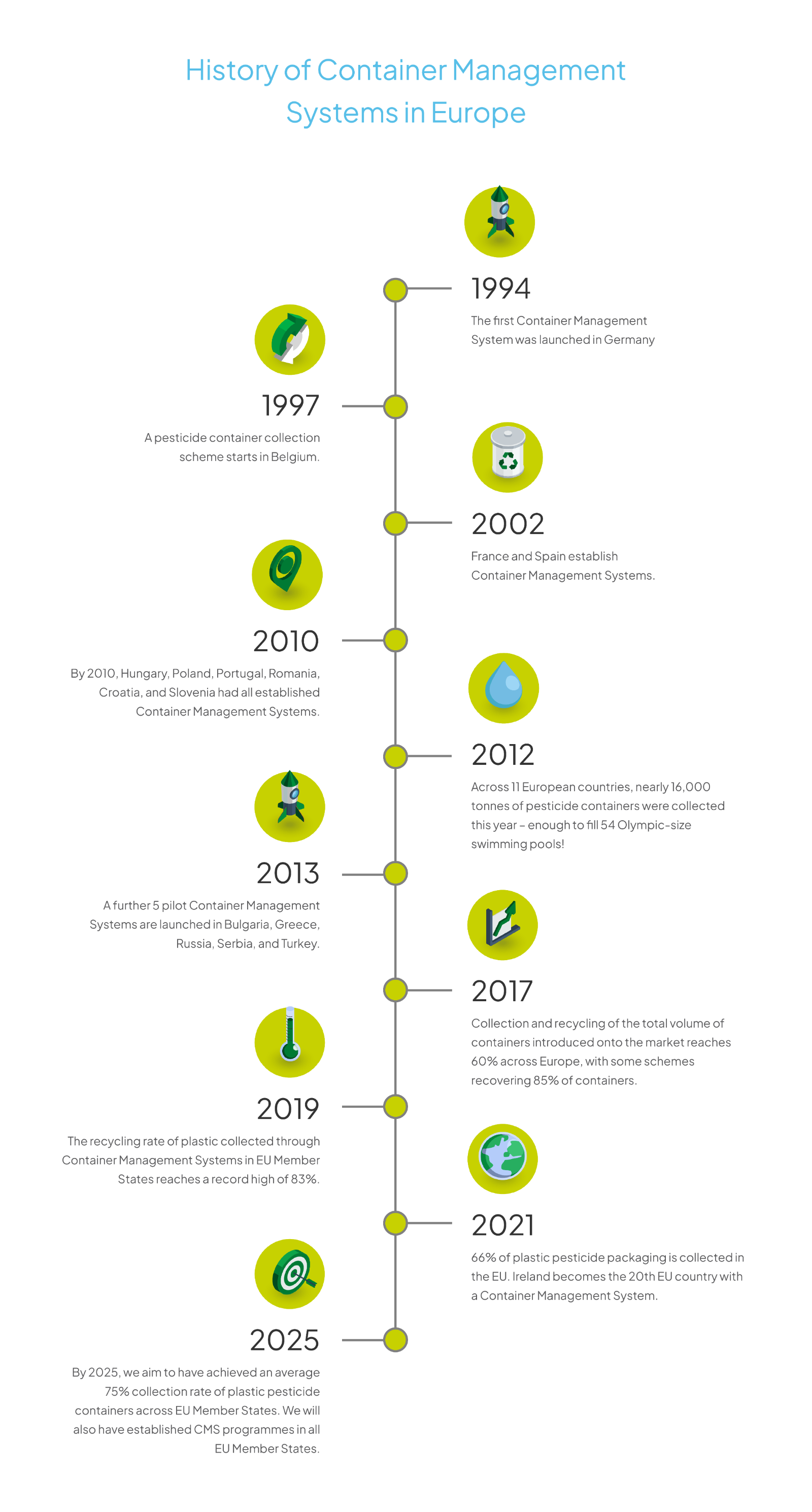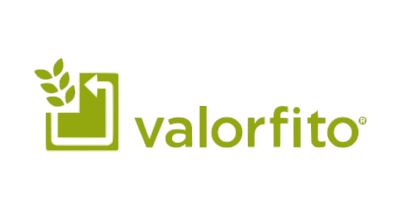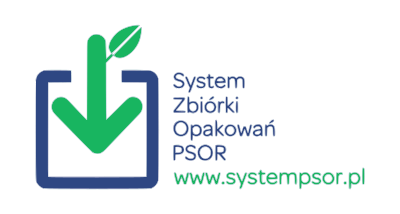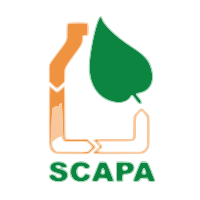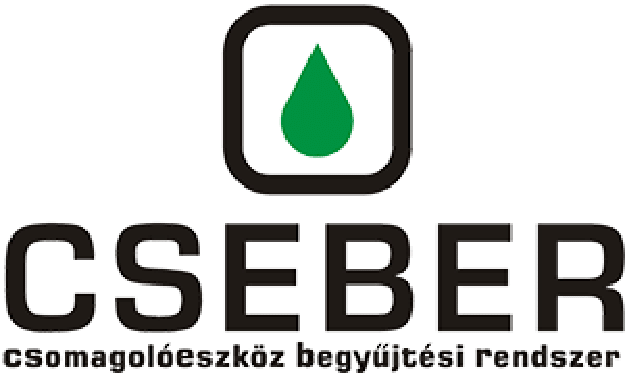We are addressing the plastics waste challenge.
It is estimated that less than 10% of total global plastic waste produced to date has been recycled.
In Europe, figures for 2020 show that the overall recycling rate for plastic waste was 34.6% and 38% for plastic packaging.
For our industry, plastic plays a crucial role. Plastic containers help to ensure that crop protection products are delivered safely to the end user, and also help to protect the user during application.
We recognise our responsibility to contribute to a circular economy for plastics through our active membership of the European Commission’s Circular Plastics Alliance and our promotion of Container Management Systems as part of a CleanFarms initiative.
In 2020, when we launched the Circular Economy Commitment, Container Management Systems were present in 19 EU member states, while the average collection rate for plastic pesticide containers was 65%, or 73% among EU countries with a dedicated Container Management System.
We want to do more.
To contribute to a more circular economy by 2025, EU pesticide and biopesticide manufacturers commit to:
Establish
an average 75% collection rate
of plastic pesticide containers across the EU
Ensure that a container
collection scheme is available in 100%
of EU member states
In 2021, our industry achieved the following results
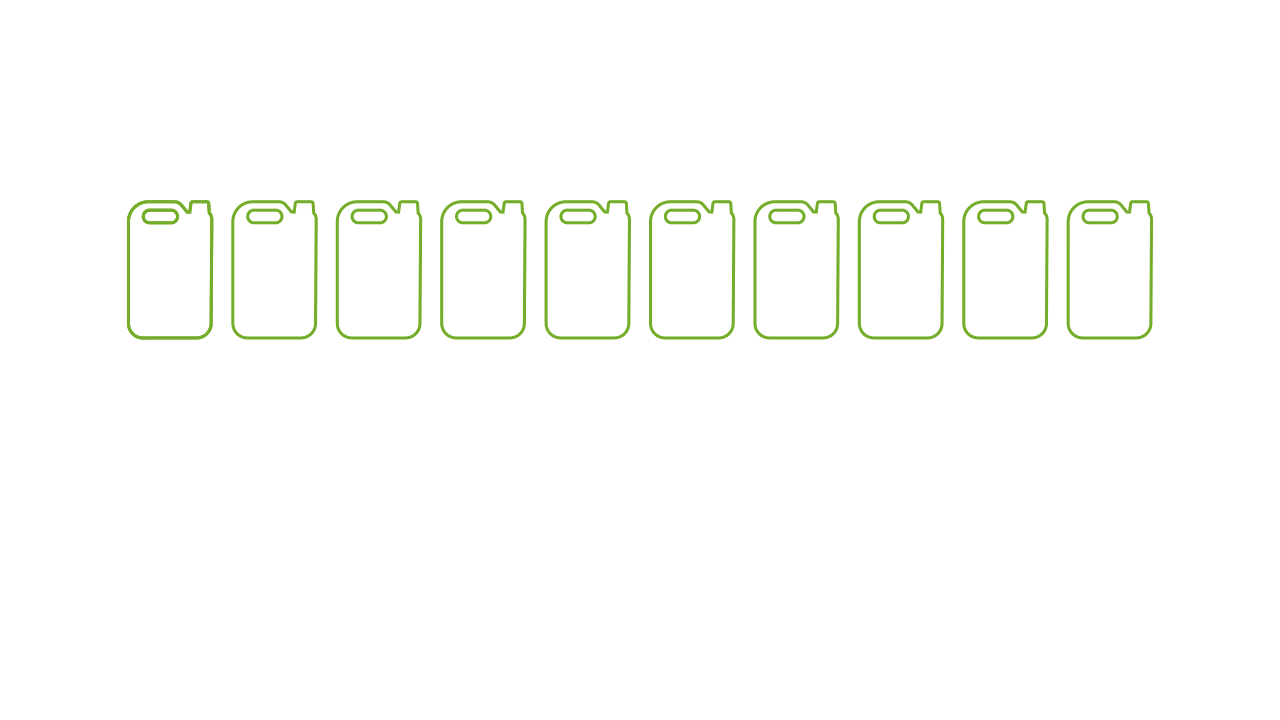
Achieved an average collection rate of 66%.

Expanded Container Management Schemes to 20 out of 27 EU member states.
More than 83% of the plastic containers collected in the 20 EU Member States in 2021 were sent for safe and controlled recycling.
Sustainable Plastics Use

As proud members of the European Commission’s Circular Plastics Alliance and drawing upon decades of work to increase the recovery and recycling of plastic pesticide containers, our industry is contributing to the EU’s goal of a circular economy that provides high-quality, functional, and safe products.
Working with Partners
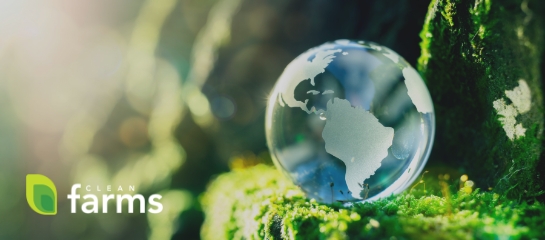
Over the past two decades, our industry’s CleanFarms initiative has successfully worked with national authorities, farm unions and licensed waste operators to establish and monitor collection, recovery, and recycling schemes of used plastic pesticide containers in Europe and worldwide.
Container Management Systems across Europe
Supporting Documents
Press release: CropLife Europe addresses the plastics waste challenge
Press release: CropLife Europe joins the Circular Plastics Alliance
Infographic: Container Management Systems help tackle the plastic waste challenge
News story: Ireland establishes Container Management Scheme
News story: “Why should we?” Making the case for sustainable container management in Lithuania
Responsible Management of Pesticide Packaging: CMS Collection data 2020
Responsible Management of Pesticide Packaging: CMS Collection data 2021
